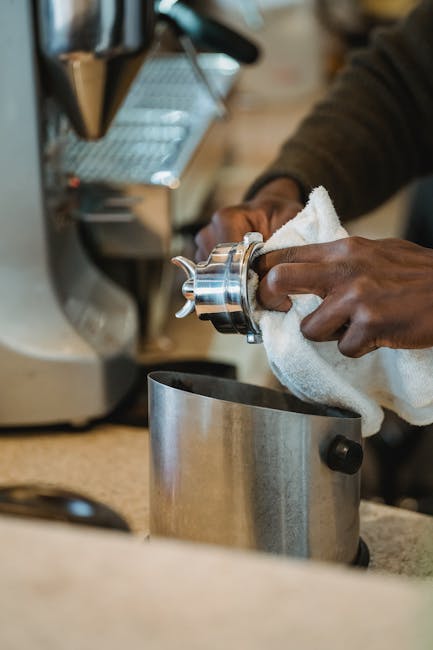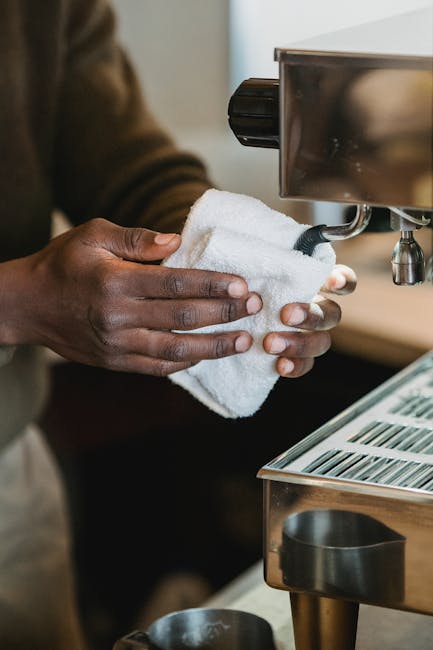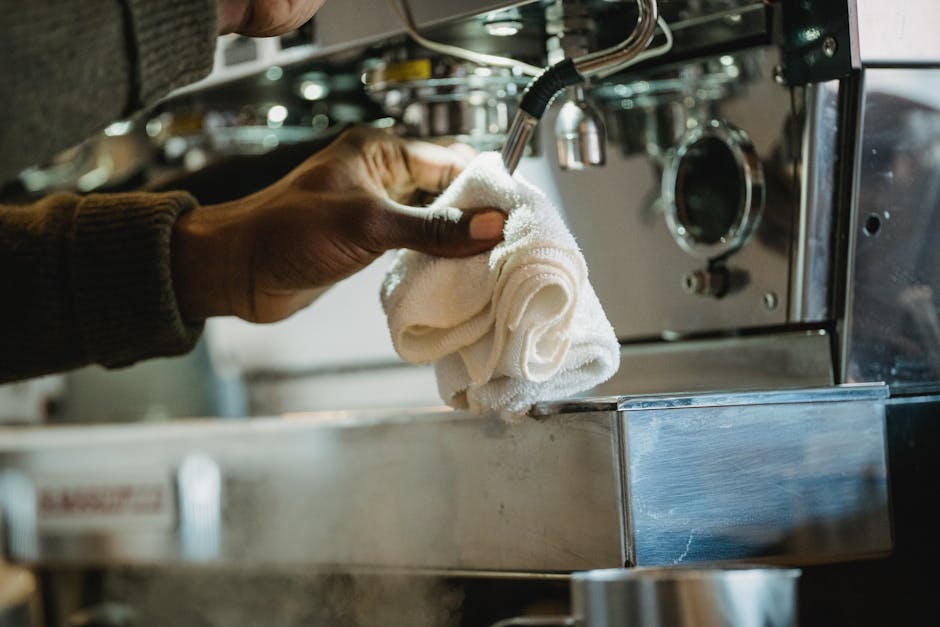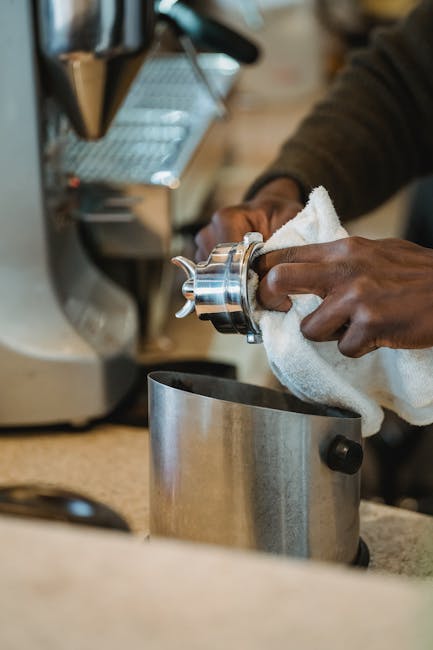Ultimate Guide to Coffee Machine Maintenance & Cleaning: A Deep Dive into Keeping Your Brewer Pristine
Owning a coffee machine is a commitment to daily deliciousness, but that deliciousness comes with a responsibility: maintaining your machine’s cleanliness and functionality. Regular cleaning and maintenance are crucial not only for the longevity of your appliance but also for the quality and safety of your coffee. This comprehensive guide will walk you through the essential cleaning and maintenance procedures for various types of coffee machines, ensuring you get the most out of your investment and enjoy perfectly brewed coffee for years to come.
Understanding Your Coffee Machine Type
Before we delve into specific cleaning methods, it’s essential to understand the type of coffee machine you own. Different machines have different components and require slightly varied cleaning approaches. The most common types include:
- Drip Coffee Makers: These are the most common type, utilizing a filter basket and carafe.
- Espresso Machines: These require more intensive cleaning due to the higher pressure and finer grounds involved.
- Moka Pots: These stovetop brewers need careful cleaning to avoid staining and mineral buildup.
- Pod/Capsule Machines: While often convenient, these machines require regular descaling and cleaning of the needle and brewing chamber.
- Pour-Over Coffee Makers: Although relatively low-maintenance, these still require cleaning of the filter and carafe.
Daily Cleaning: The Foundation of Coffee Machine Care
Daily cleaning is vital in preventing coffee oils and grounds from accumulating and causing unpleasant tastes and odors. This involves:
- Emptying the carafe and discarding used grounds: This should be done immediately after each brewing cycle.
- Rinsing the filter basket: Thoroughly rinse the filter basket with warm water to remove any residual coffee grounds.
- Wiping down exterior surfaces: Use a damp cloth to wipe down any spills or splatters on the exterior of the machine.
Weekly Deep Cleaning: Removing Buildup
Weekly deep cleaning is crucial for removing coffee oils, mineral deposits, and other residue that can affect the taste of your coffee and damage your machine. The specific steps will vary depending on your machine type, but generally include:

Drip Coffee Makers
For drip coffee makers, a weekly cleaning with white vinegar is highly recommended. Fill the reservoir with equal parts water and white vinegar, run a brewing cycle, then follow with two cycles of plain water to rinse out the vinegar.
Espresso Machines
Espresso machines require more meticulous cleaning. Backflush the machine regularly according to the manufacturer’s instructions using espresso machine cleaning solution. This removes coffee oils and grounds from the group head and brew path. Additionally, wipe down all surfaces and clean the milk frother if applicable.
Moka Pots
Moka pots are best cleaned immediately after use. Wash all parts with warm, soapy water, ensuring to remove all coffee residue. Avoid abrasive cleaners, as they can scratch the surface.
Pod/Capsule Machines
Pod/capsule machines often have a needle that needs regular cleaning. Use a small brush or toothpick to remove any coffee grounds. Also, descale the machine monthly using descaling solution as per manufacturer instructions. Regularly clean the drip tray and water reservoir.

Pour-Over Coffee Makers
Pour-over coffee makers usually require simply rinsing the filter and carafe thoroughly after each use. However, a deeper clean with warm soapy water may be required once a week or as needed.
Monthly Descaling: Preventing Mineral Buildup
Hard water contains minerals that can build up inside your coffee machine over time, leading to reduced efficiency, poor coffee taste, and even damage to the machine. Descaling involves removing these mineral deposits. The frequency of descaling depends on the hardness of your water. In areas with hard water, monthly descaling is recommended.
Most coffee machine manufacturers recommend using a commercial descaling solution, but a mixture of white vinegar and water can also be effective. Always follow the manufacturer’s instructions carefully.
Annual Maintenance: Proactive Steps for Longevity
Annual maintenance goes beyond basic cleaning. This might involve:
- Checking seals and gaskets for wear and tear: Replace any damaged seals or gaskets to prevent leaks.
- Inspecting heating elements: Check for any signs of damage or malfunction.
- Cleaning internal components: If you’re comfortable doing so, clean internal parts that are difficult to reach during regular cleaning. Always consult your machine’s manual before attempting this.
- Professional servicing: Consider a professional service once a year to inspect and maintain your machine, especially for more complex models like espresso machines.
Troubleshooting Common Issues
Regular cleaning and maintenance prevent many problems, but some issues might still arise. Some common problems include:
- Weak coffee: This could be due to mineral buildup, old coffee grounds, or a clogged filter.
- Coffee leaking: This could indicate damaged seals, a clogged drain, or incorrect assembly.
- Machine not heating: This may involve a faulty heating element or thermostat.
Always consult your machine’s manual for troubleshooting tips or contact customer support if you need assistance.
Choosing the Right Cleaning Supplies
Using the correct cleaning supplies is vital. Avoid abrasive cleaners that can scratch surfaces. Stick to mild dish soap, white vinegar, and manufacturer-recommended descaling solutions. Never use bleach or other harsh chemicals.

Conclusion: A Clean Machine Brews Better Coffee
Consistent cleaning and maintenance are essential for enjoying delicious coffee and extending the lifespan of your coffee machine. By following these guidelines, you can keep your brewer running smoothly and brewing perfect cups for many years to come. Remember to always refer to your machine’s user manual for specific instructions and recommendations.

